Flying roughly 6 km above the surface of the Comet 67P/Churyumov-Gerasimenko, the European Space Agency’s Rosetta probe has taken some incredibly unique images of the comet’s surface unseen until now. The low-altitude flybys were conducted on February 14, Valentine’s Day, after scientists concluded that the comet’s position relative to the Sun is causing it to heat up and become more active.
Aware of this fact, the scientists placed Rosetta on a new trajectory, thus allowing its instruments to samples from the comet’s lower reaches while simultaneously providing much better lighting for photographs. The closest approach occurred at 12:41 UT on the Imhotep section of the comet’s largest lobe.
The entire collection of NAVCAM images can be downloaded here, courtesy of the ESA.
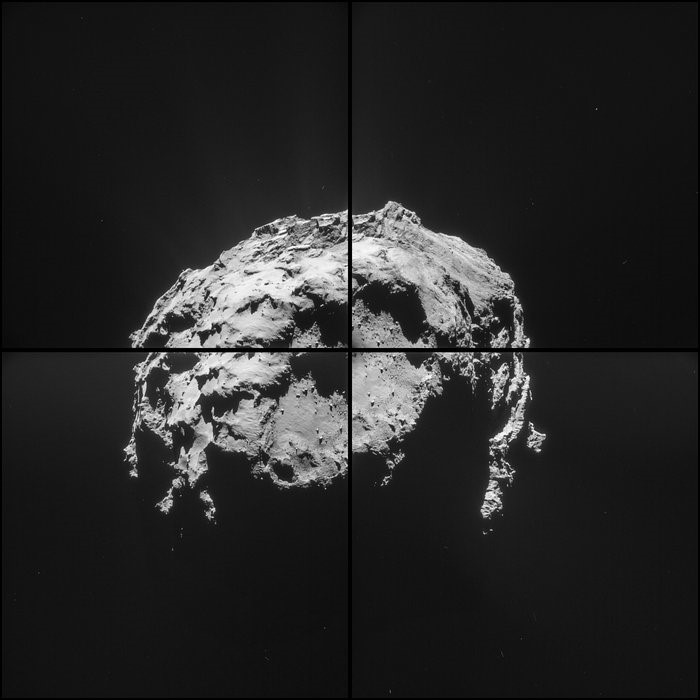
To create the most accurate rendition of the comet in its entirety, the agency has spliced together a mosaic of four images as seen above, noting that at the closest distance, the combined effect between the rotating comet and the probe’s own movement resulted in a slight discrepancy between the first and the last images taken.
Once this close-up flyby was completed, Rosetta began distancing itself from the comet in an effort to capture a distant view. By February 15, it had reach a distance of 255 km from 67P’s center.
Source: ESA
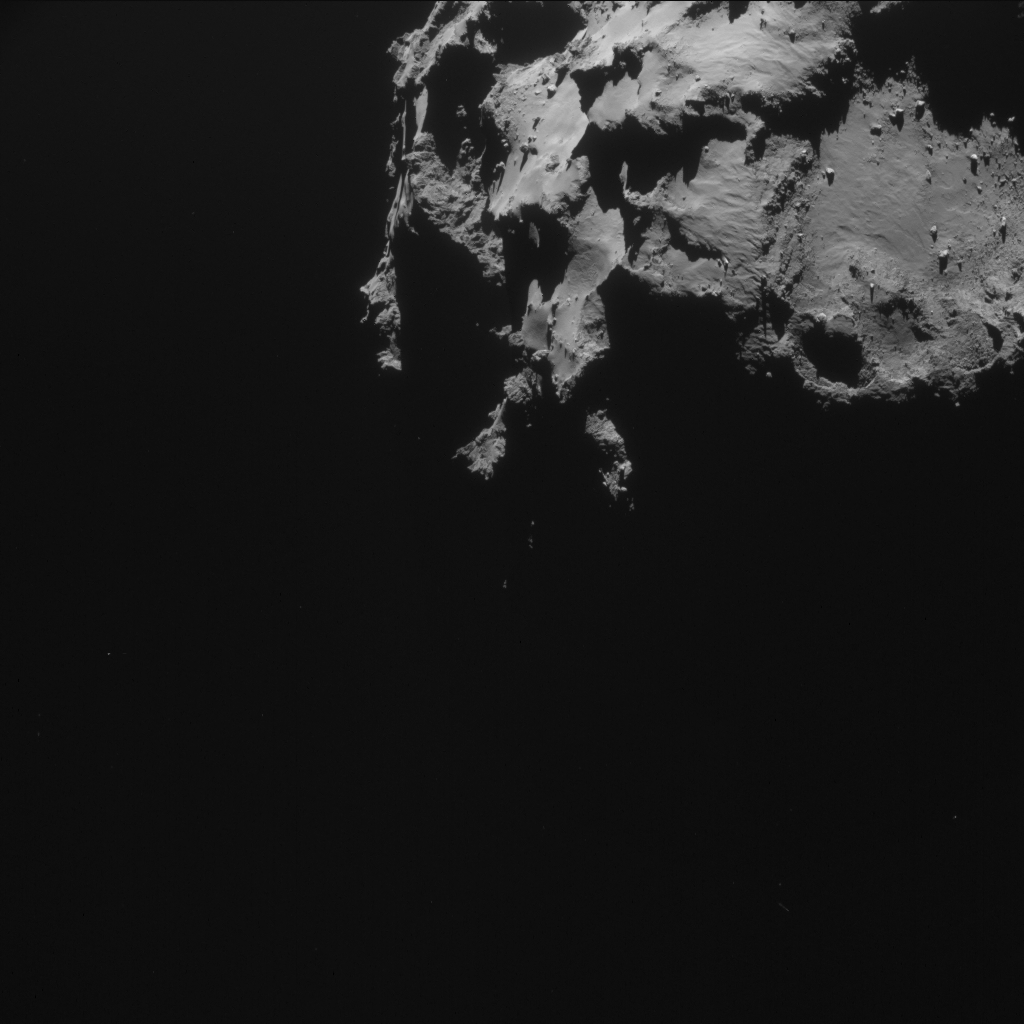
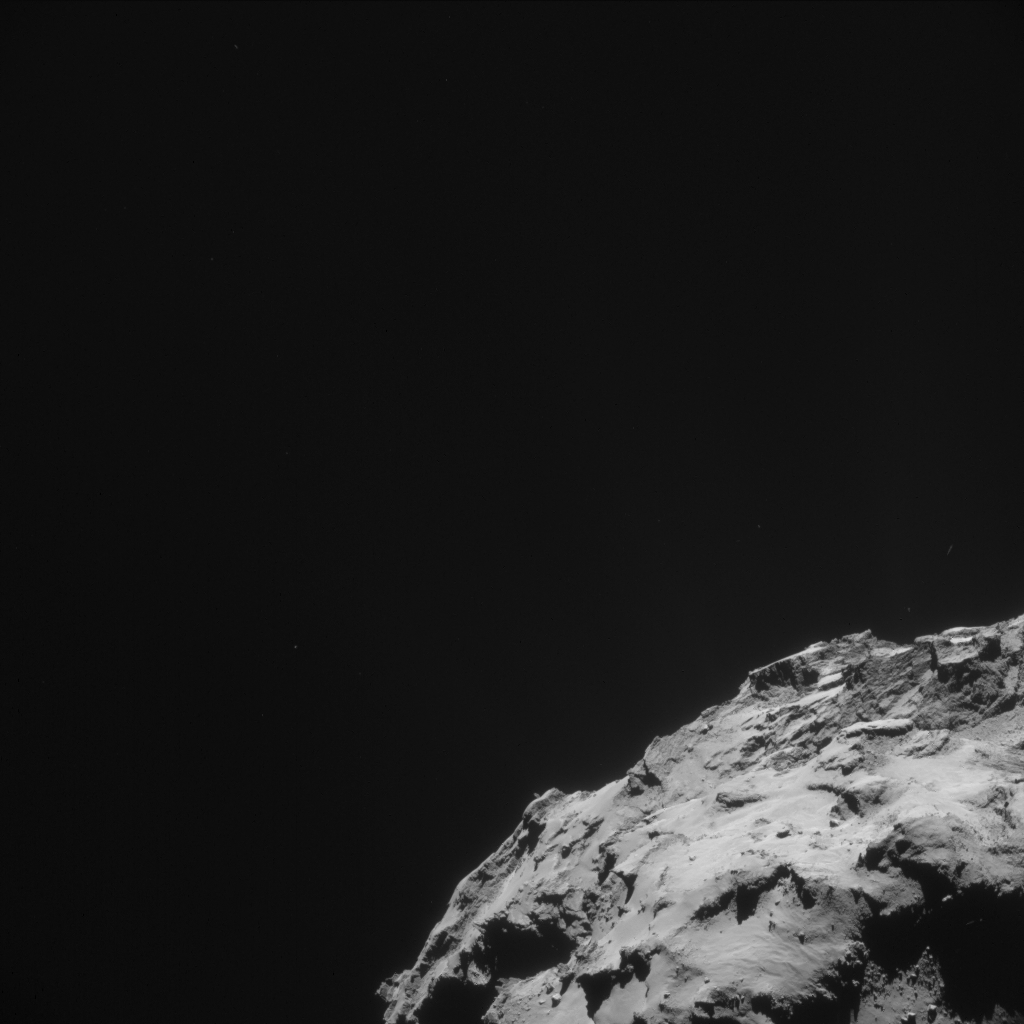
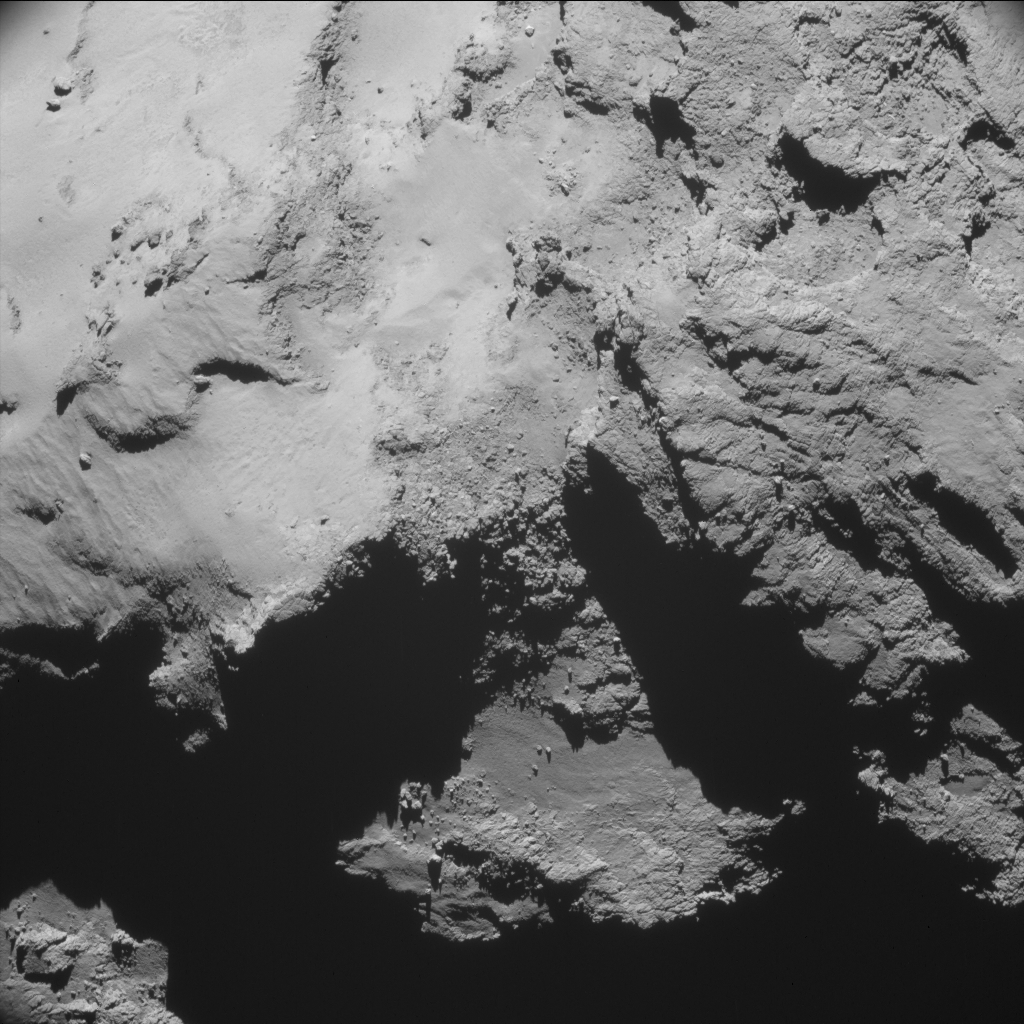


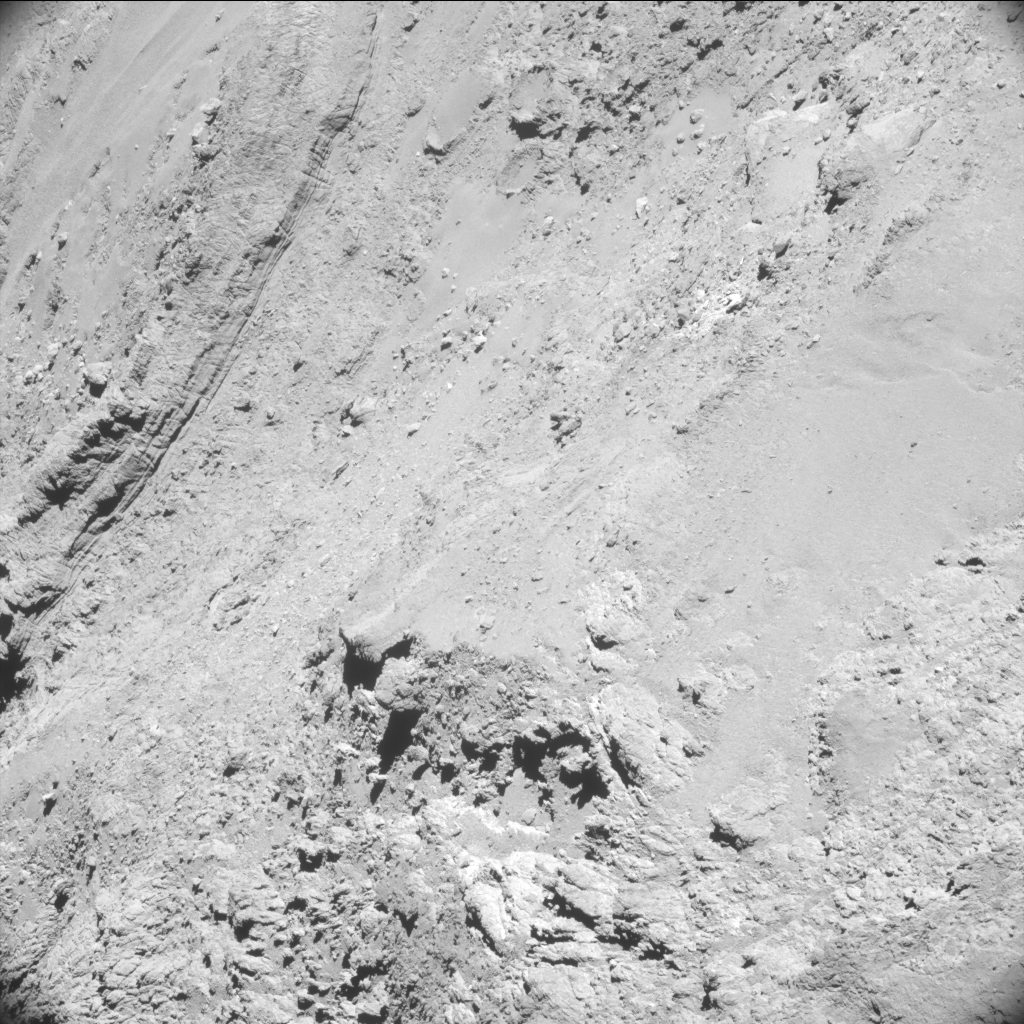
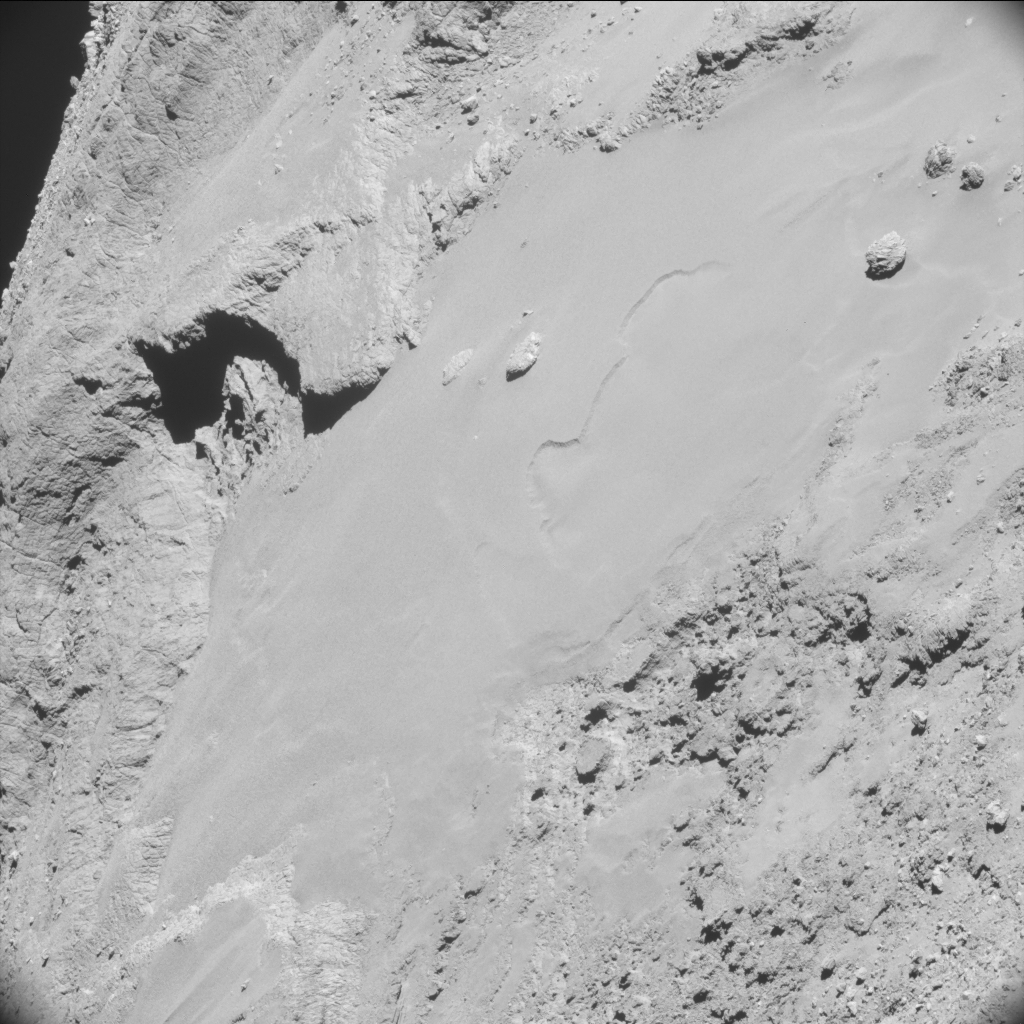
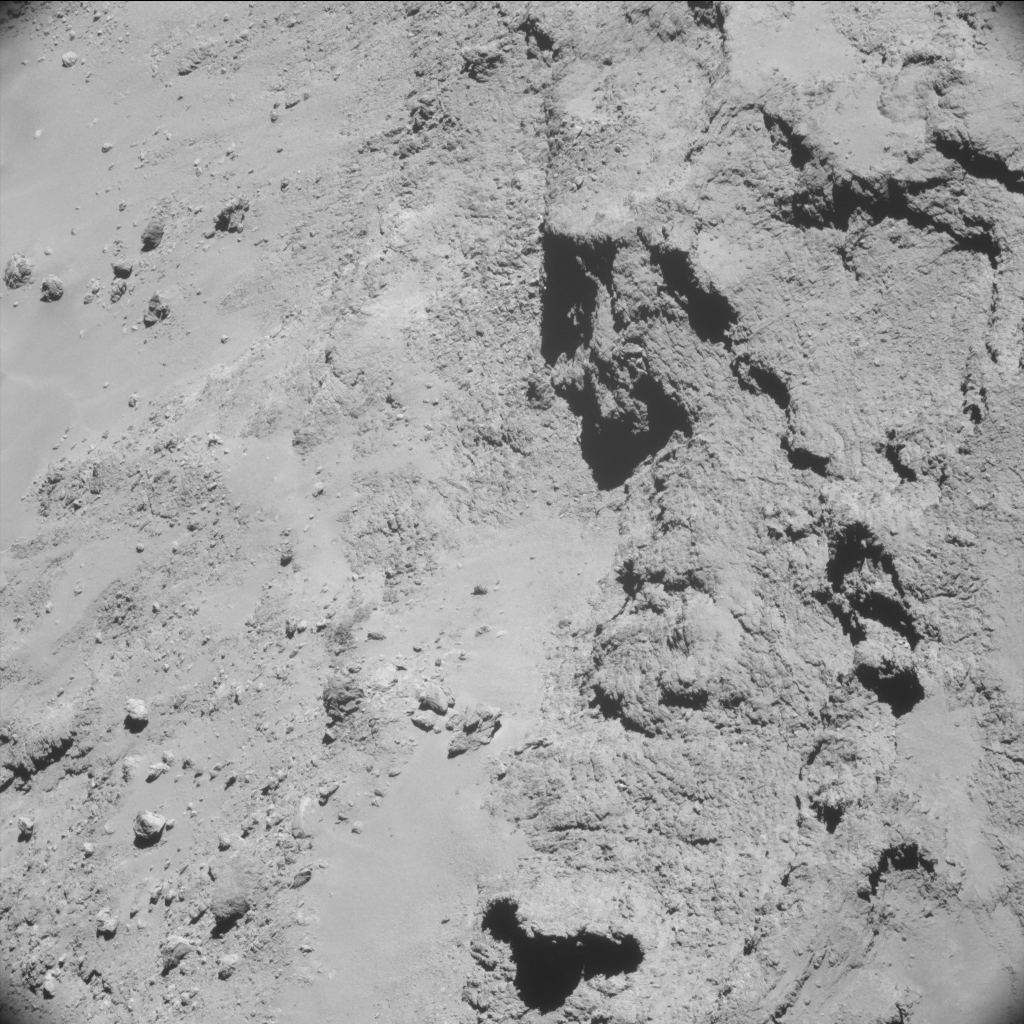
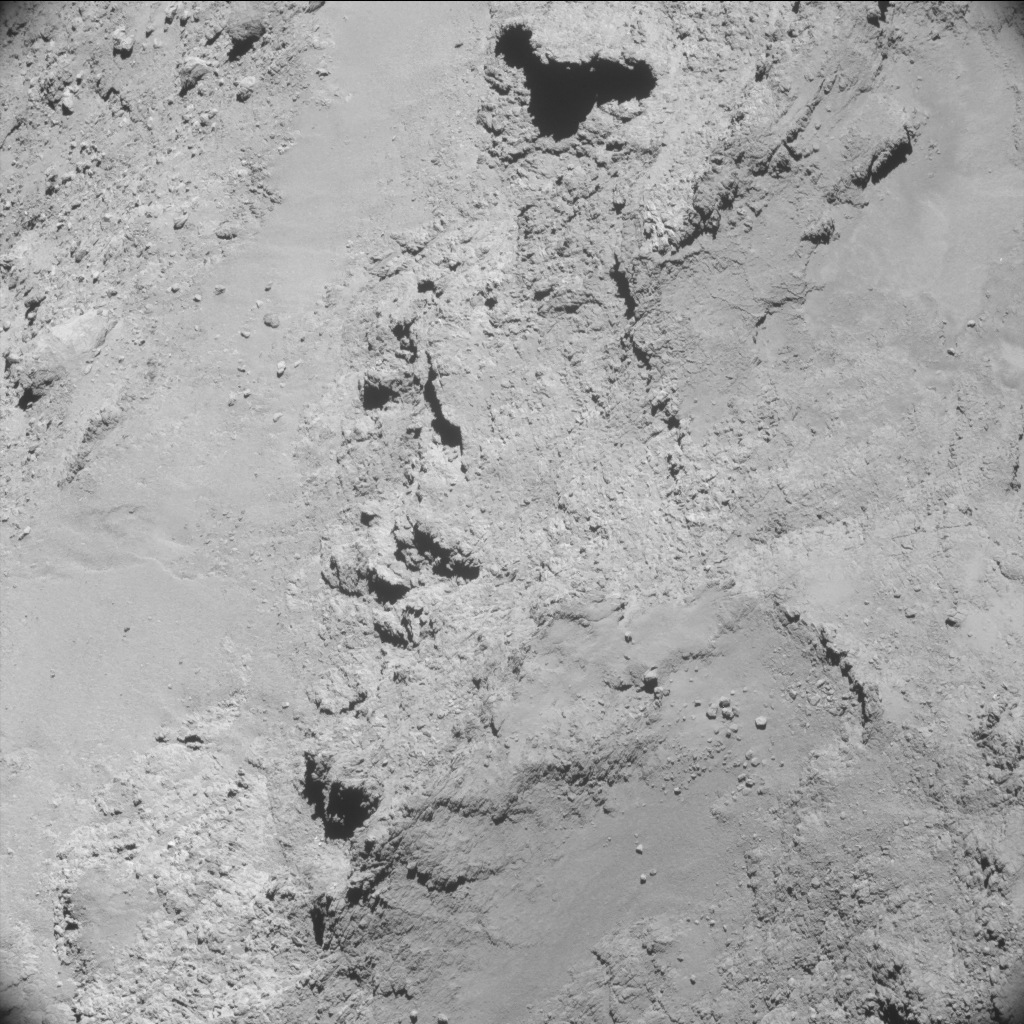
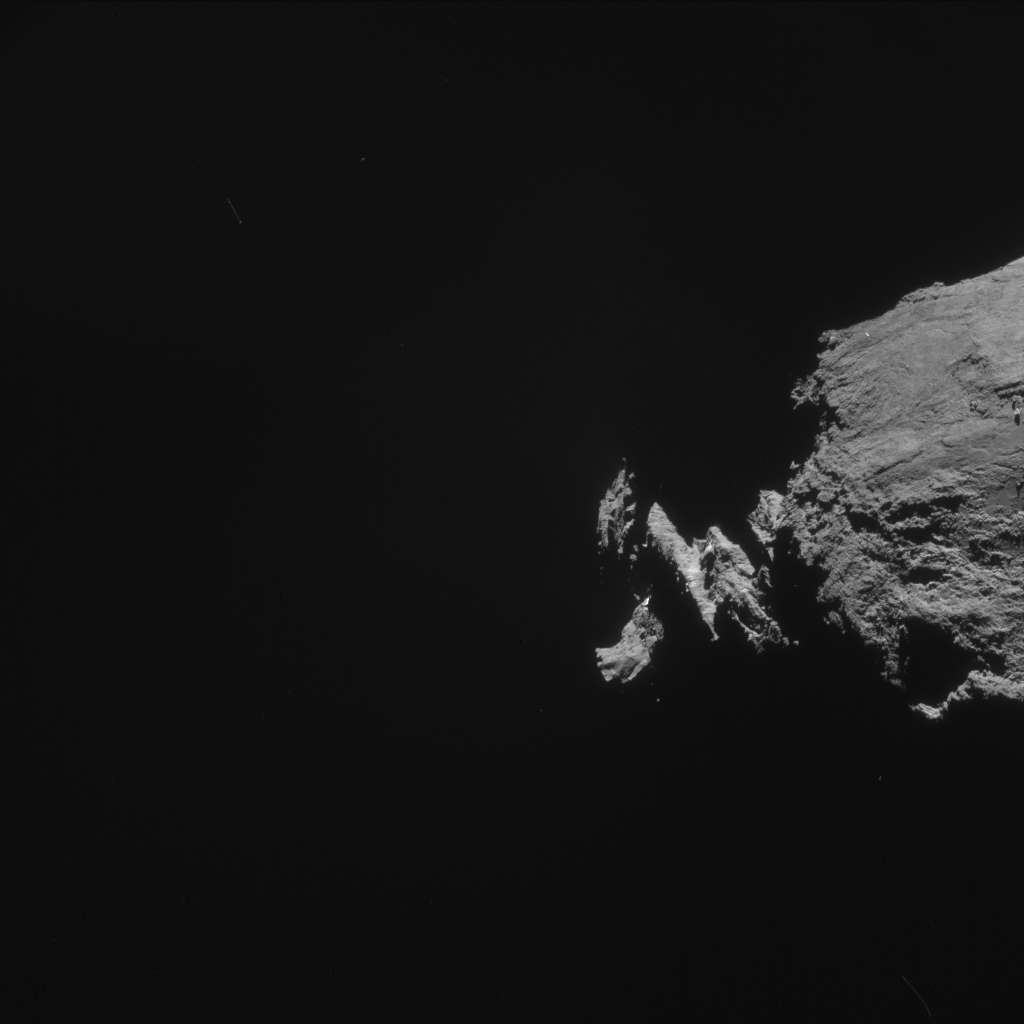
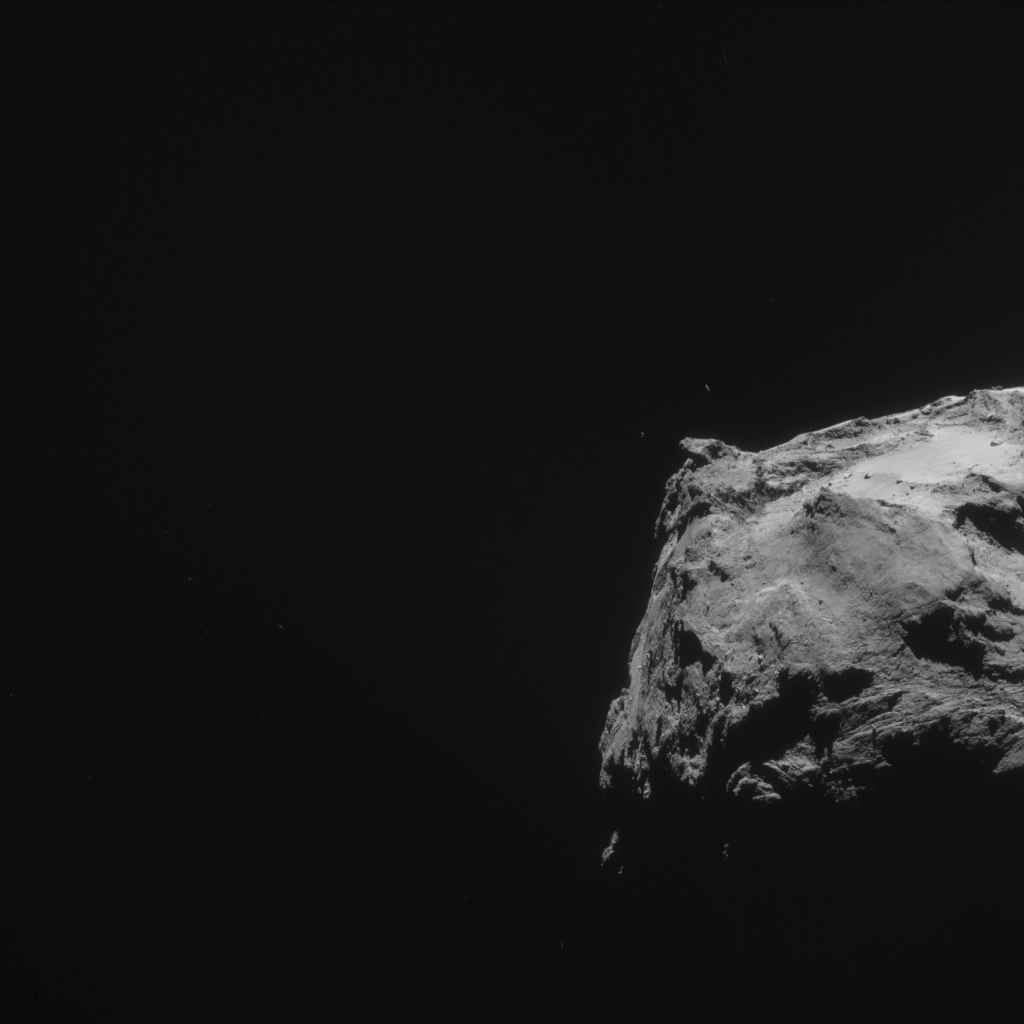
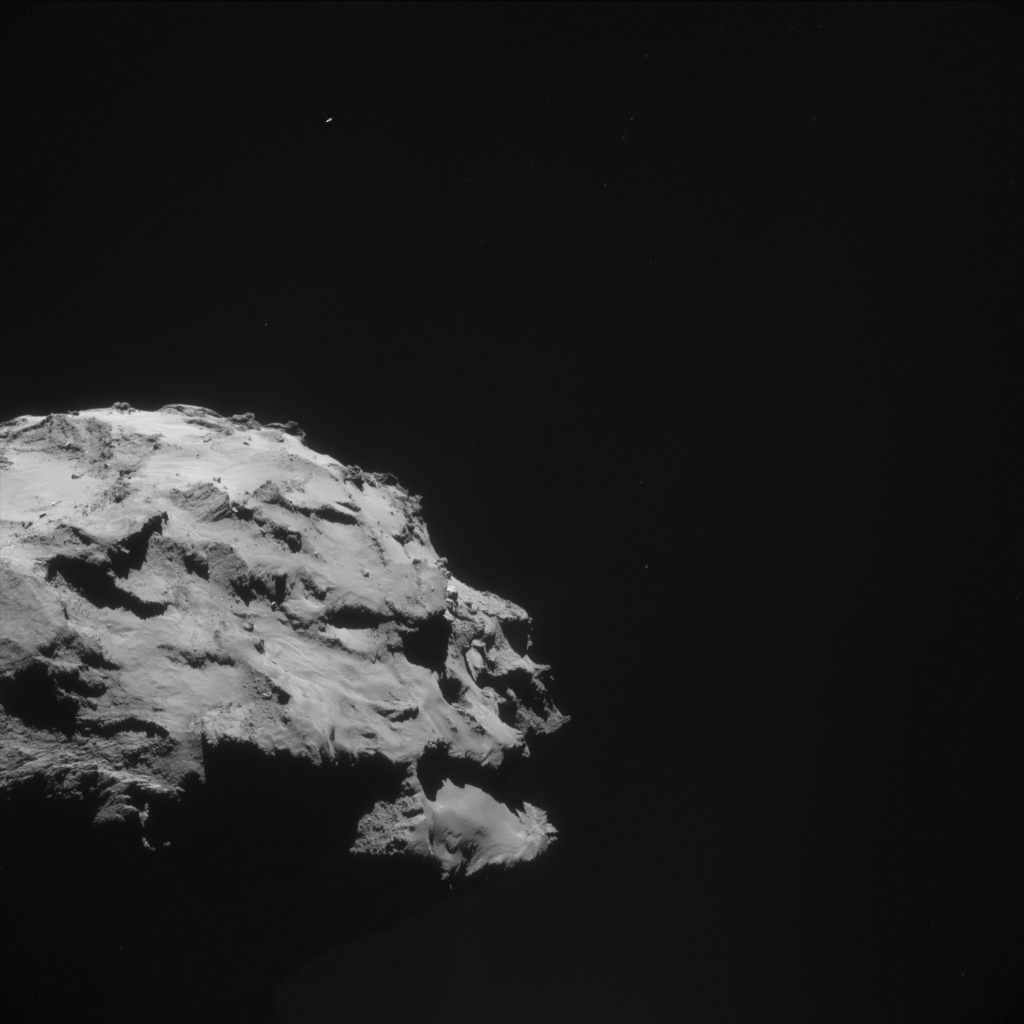

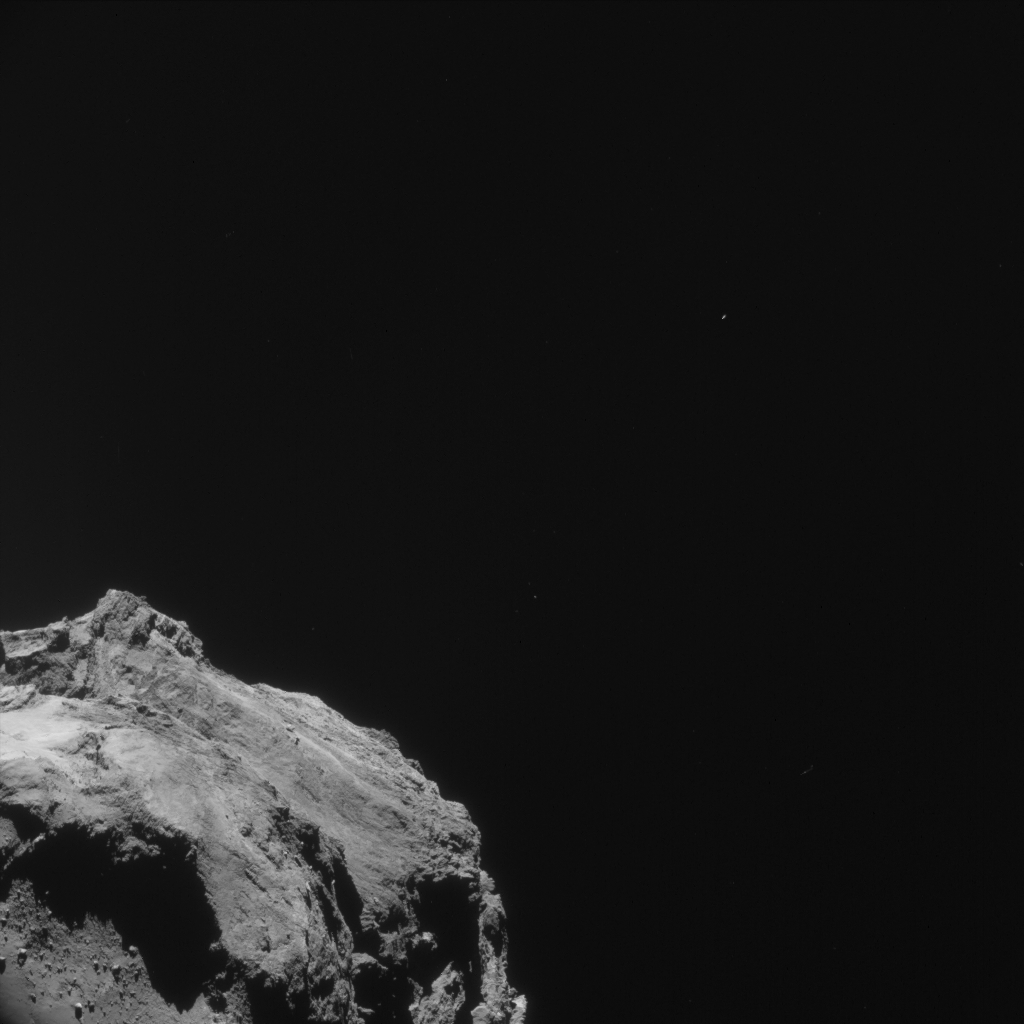

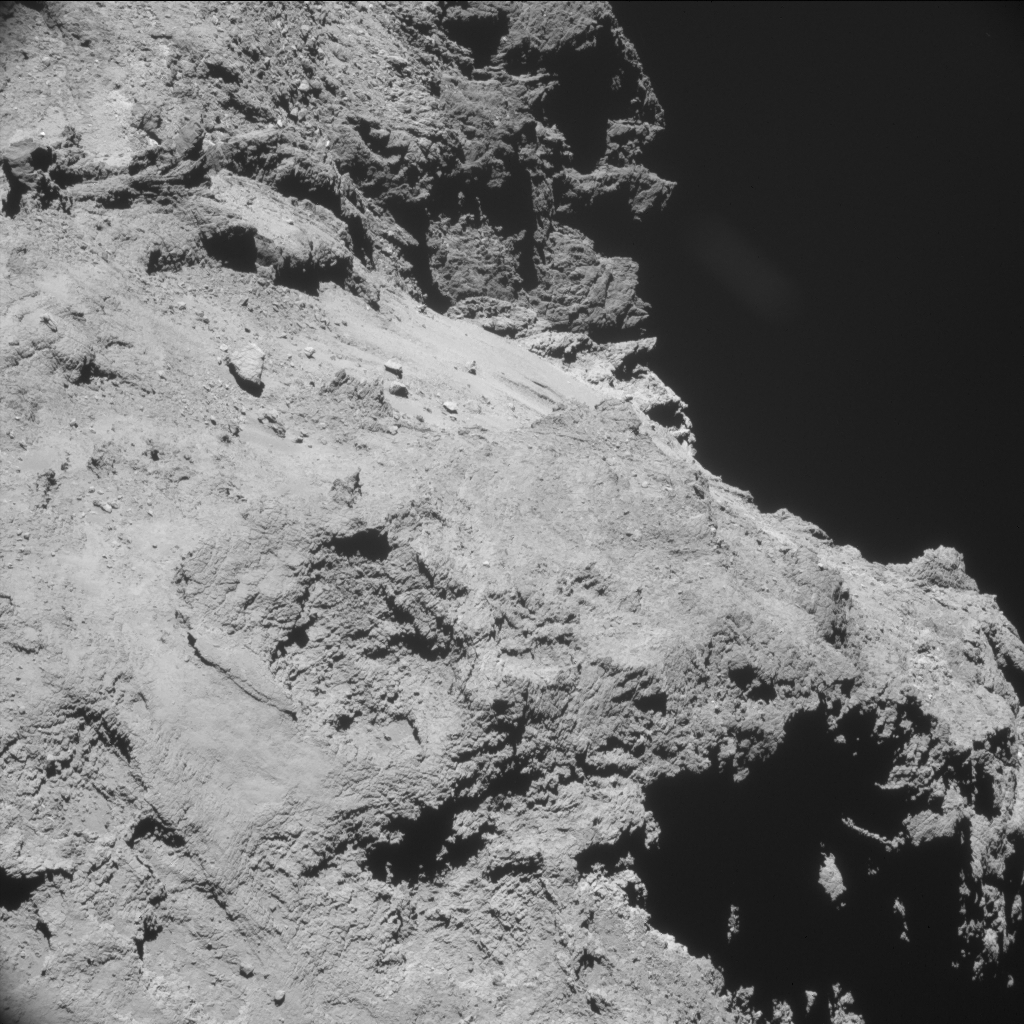
Advertisement
Learn more about Electronic Products Magazine





